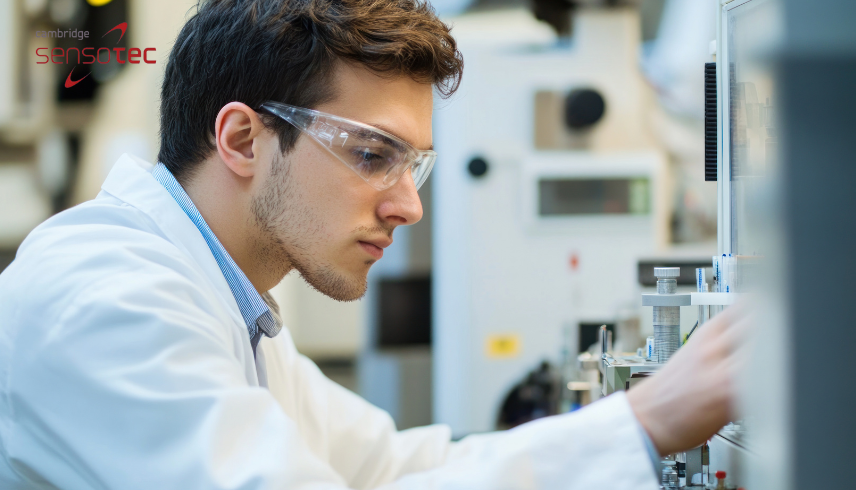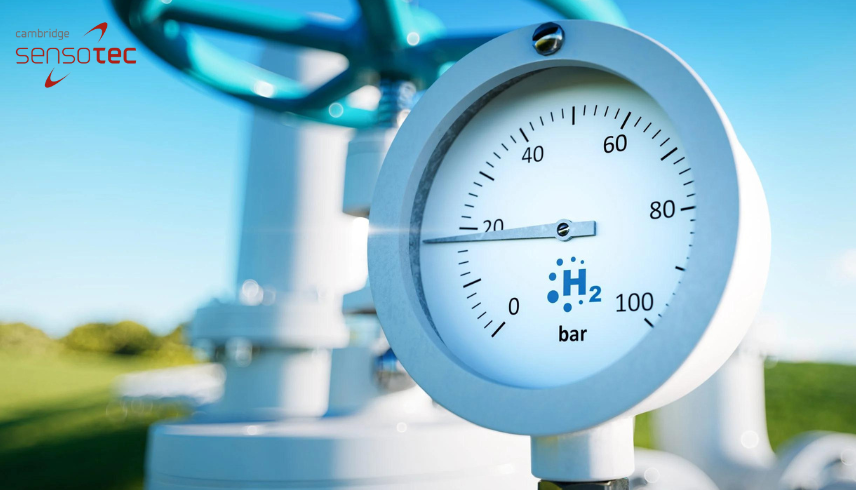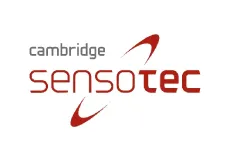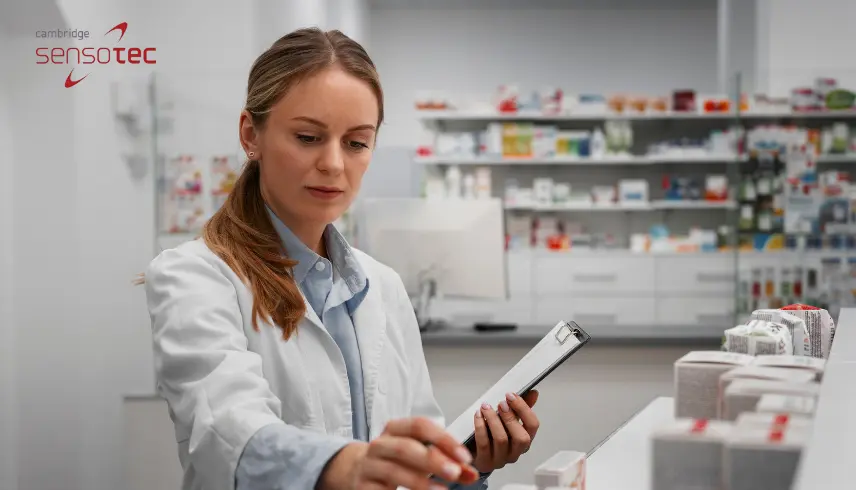

How to Measure Hydrogen: Techniques and Tools for Accurate Gas Analysis
Hydrogen is increasingly becoming a key player in the transition to cleaner energy solutions, especially in industries focused on renewable energy, manufacturing, and transport. Due to its unique properties, measuring hydrogen accurately is crucial for ensuring safety, efficiency, and compliance in various applications. In this blog, we’ll explore how to measure hydrogen effectively, the available techniques, and the essential tools needed for accurate gas analysis. Cambridge Sensotec offers advanced gas analysis solutions to help industries monitor hydrogen levels with precision.
Why It’s Important to Know How to Measure Hydrogen
Hydrogen is a highly flammable gas that poses risks if not handled properly. It’s also colourless, odourless, and has a very low molecular weight, making it prone to leaks. As hydrogen is becoming a critical component in fuel cells, energy storage, and industrial processes, knowing how to measure hydrogen is essential for safety, quality control, and operational efficiency.
Accurately measuring hydrogen concentrations allows industries to:
- Ensure Safety: Detect leaks early and avoid potential hazards.
- Optimise Efficiency: Monitor hydrogen levels for optimal performance in fuel cells and industrial applications.
- Maintain Compliance: Adhere to industry regulations and safety standards related to hydrogen usage.
Methods for How to Measure Hydrogen
There are several reliable methods for how to measure hydrogen, each suited to different environments and applications. These include:
1. Thermal Conductivity Detectors (TCDs)
Thermal conductivity detectors are commonly used in gas chromatography to measure hydrogen. TCDs work by measuring the change in thermal conductivity of a gas mixture compared to a reference gas. Hydrogen has a much higher thermal conductivity than most other gases, making it easily detectable with this method.
Benefits of TCDs for Hydrogen Measurement:
- High Sensitivity: TCDs can detect low concentrations of hydrogen.
- Versatility: Suitable for various industrial applications.
- Non-Destructive: TCDs allow for continuous monitoring without altering the sample.
2. Electrochemical Sensors
Electrochemical sensors are a popular method for how to measure hydrogen, particularly in portable and handheld detectors. These sensors operate by oxidising hydrogen at an electrode, producing a current proportional to the gas concentration.
Benefits of Electrochemical Sensors:
- High Accuracy: Provides precise hydrogen measurements.
- Portable: Suitable for field use and mobile applications.
- Cost-Effective: Economical for continuous monitoring and spot checks.
3. Catalytic Combustion Sensors
Catalytic combustion sensors are designed to measure hydrogen by oxidising it on a catalytic surface, causing a change in temperature that corresponds to the gas concentration. These sensors are widely used in industrial safety monitoring to detect flammable gases, including hydrogen.
Benefits of Catalytic Combustion Sensors:
- Fast Response: Quickly detects hydrogen leaks.
- High Reliability: Suitable for hazardous environments where hydrogen is used.
- Durable: Works well in extreme industrial conditions.
4. Infrared (IR) Sensors
Although less commonly used for hydrogen, infrared sensors can measure hydrogen indirectly by detecting gases that react with hydrogen. This method is more specialised and typically used in research settings or for detecting hydrogen in mixtures.
Benefits of Infrared Sensors:
- Selective Detection: Can be used in combination with other gases.
- Continuous Monitoring: Suitable for long-term monitoring of hydrogen in complex environments.
Tools for How to Measure Hydrogen Effectively
When considering how to measure hydrogen, it’s essential to choose the right tools depending on your application—whether it’s industrial gas production, energy storage, or fuel cell monitoring. Here are some of the most commonly used tools for hydrogen measurement:
Portable Hydrogen Detectors
Portable hydrogen detectors are equipped with electrochemical or catalytic sensors, making them ideal for on-the-go monitoring and leak detection. These devices are crucial for maintenance teams, safety inspectors, and engineers working in environments where hydrogen is used.
Fixed Hydrogen Monitoring Systems
Fixed hydrogen monitoring systems provide continuous measurement of hydrogen in industrial plants, laboratories, and power generation facilities. These systems are typically equipped with multiple sensors for detecting leaks and ensuring the safe operation of hydrogen-based processes.
Multi-Gas Analysers
Multi-gas analysers, such as those offered by Cambridge Sensotec, are versatile tools that can measure hydrogen along with other gases. This is especially useful in environments where multiple gases are present, such as in manufacturing, refining, or energy production.
How to Measure Hydrogen Safely
Measuring hydrogen safely is not just about choosing the right tools; it also requires best practices to ensure safety and accuracy:
1. Regular Calibration of Sensors
Hydrogen sensors need to be calibrated regularly to maintain accuracy. Calibration ensures that the sensor readings are precise and that any hydrogen present is detected reliably.
2. Monitoring Ventilation and Leak Detection
In environments where hydrogen is used, such as fuel cell plants or hydrogen storage facilities, continuous monitoring of ventilation systems and proactive leak detection are essential for preventing accidents.
3. Adherence to Industry Standards
Compliance with safety regulations is key to managing hydrogen safely. Ensure that your hydrogen measurement tools meet industry standards for accuracy and safety, particularly in high-risk environments.
Cambridge Sensotec’s Solutions for Measuring Hydrogen
At Cambridge Sensotec, we provide advanced gas analysis solutions designed to offer precise and reliable hydrogen measurement. Our Rapidox gas analysers are equipped with state-of-the-art sensors that deliver real-time data, helping you measure hydrogen accurately and safely.
Key Features of Our Hydrogen Measurement Solutions:
- High Accuracy: Our analysers provide precise hydrogen measurements, even in low concentrations.
- Real-Time Monitoring: Continuous monitoring allows for immediate detection of hydrogen levels.
- User-Friendly Interface: Our analysers are designed for ease of use, with intuitive controls and clear displays of hydrogen concentrations.
- Customisable Options: We offer solutions tailored to specific industrial needs, ensuring optimal performance in various hydrogen applications.
Conclusion
Knowing how to measure hydrogen accurately is essential for maintaining safety, optimising efficiency, and complying with industry regulations. Whether you need portable detectors for quick checks or fixed systems for continuous monitoring, choosing the right tools and methods is crucial for ensuring safe and efficient hydrogen usage.
Cambridge Sensotec offers advanced hydrogen measurement solutions that provide the accuracy and reliability needed for a wide range of applications. Visit our website or contact us to learn more about how to measure hydrogen and how we can support your gas monitoring needs.


